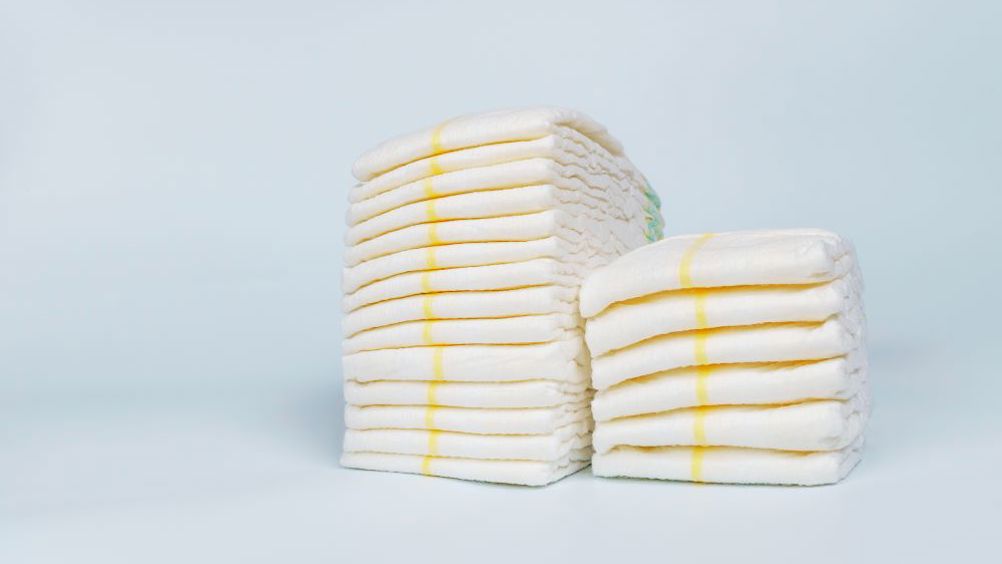References
Improving knowledge of continence care to prevent skin damage associated with incontinence

Abstract
Older people are at an increased risk of developing skin damage related to incontinence, including pressure ulceration and incontinence-associated dermatitis (IAD). Factors exacerbating risk in older people include: a higher rate of faecal and urinary incontinence, reduced mobility, long-term conditions and changes to skin barrier function, as a result of the ageing process. Nurses have a key role to play in the assessment of continence, IAD prevention and management. This article explores nursing knowledge in relation to continence care on six inpatient wards for older people, and describes the implementation of improvement strategies, in order to reduce voidable harm.
The impact of pressure ulceration on patient quality of life can be catastrophic, as a result of the pain experienced, distress, depression and delayed recovery, (Office for Health Improvement and Disparities, 2022). Severe pressure ulcers (PUs) may lead to sepsis, renal failure and death (Berlowitz and Brienza, 2007; Sari et al, 2015). In addition, the financial burden to healthcare services is great, with the daily cost of managing PUs in the NHS estimated to be £3.8 million (NHS Improvement 2018a).
Older people are at an increased risk of developing PUs, due to factors such as: hip fractures, reduced mobility, dry skin, long-term conditions and faecal and urinary incontinence (Banharak et al, 2021; Office for Health Improvement and Disparities, 2022). Furthermore, older people are at an increased risk of developing incontinence-associated dermatitis (IAD), a type of moisture-associated skin damage (MASD), which presents as redness or partial-thickness skin erosion (Gray et al, 2007). This occurs because prolonged exposure to moisture due to incontinence leads to increased permeability of the skin, reduced skin barrier function, increased skin alkalinity and inflammation (Morris, 2011). It has also been established that there is a link between IAD and the subsequent development of PUs (Beeckman, 2017).
Register now to continue reading
Thank you for visiting British Journal of Nursing and reading some of our peer-reviewed resources for nurses. To read more, please register today. You’ll enjoy the following great benefits:
What's included
-
Limited access to clinical or professional articles
-
Unlimited access to the latest news, blogs and video content

